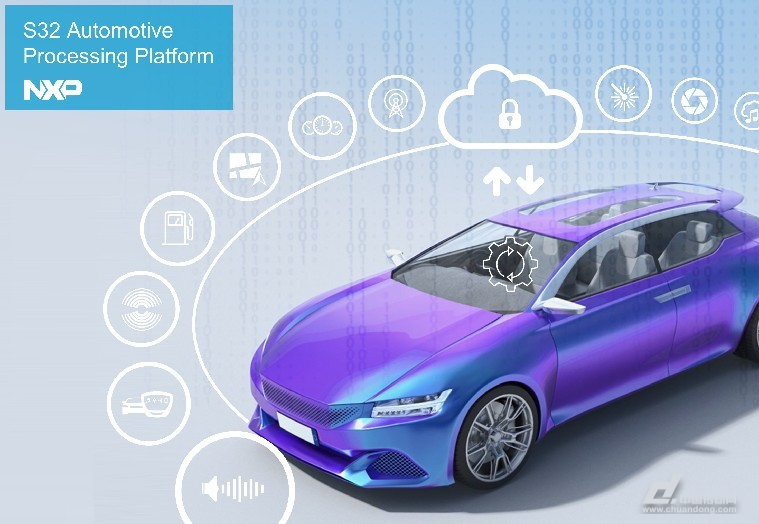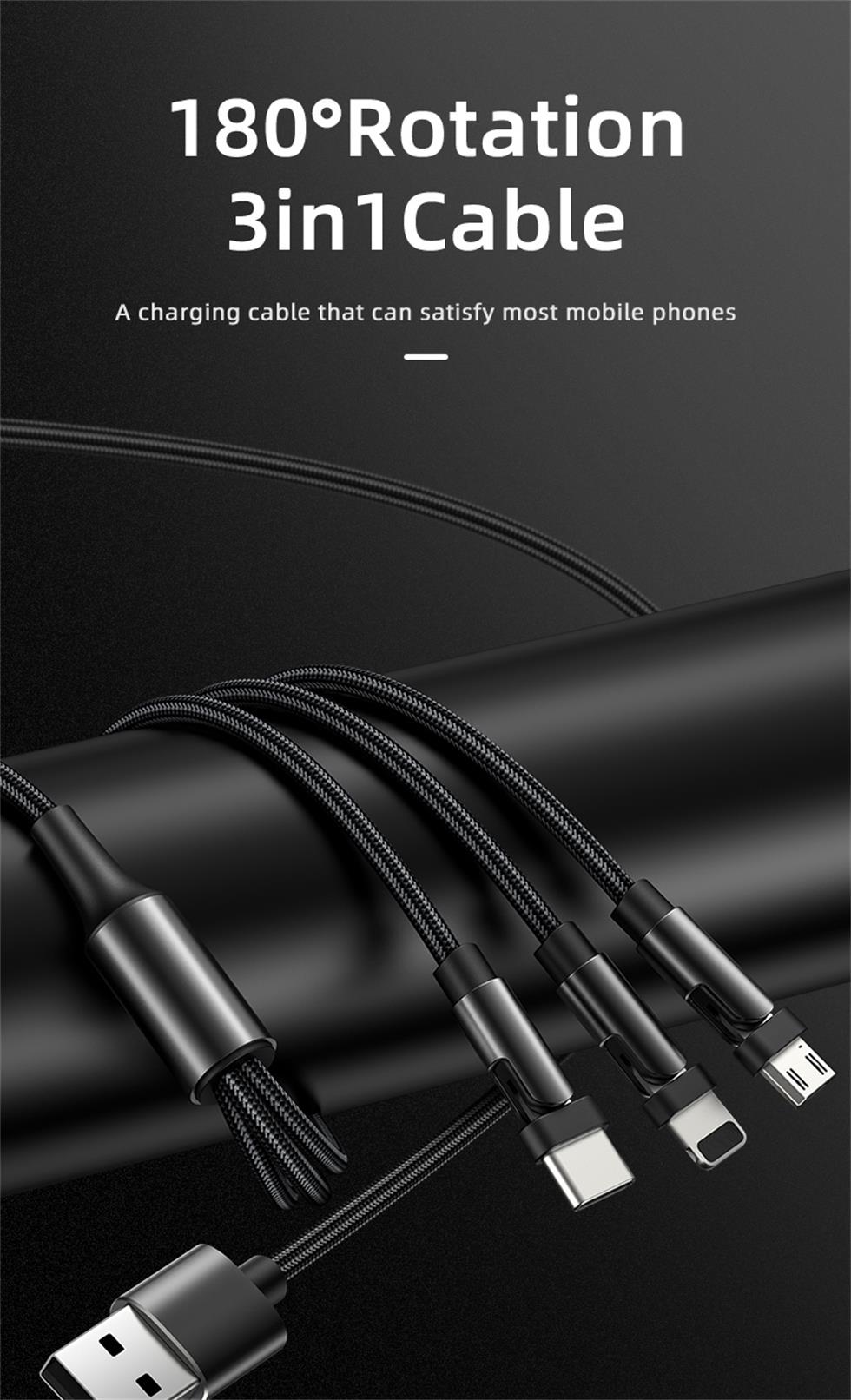Recently, Toyota Motor Corporation externally stated that it will begin testing its own self-driving electric vehicles around 2020, which will use artificial intelligence technology (AI) to interact and interact with drivers. Artificial intelligence as the current "trench" is being deeply integrated with another market focus "autopilot technology." Some people point out that autopilot is the ultimate scene of artificial intelligence, not one of them.

"Artificial Intelligence + Autopilot" is getting deeper into the fusion phase
Automatic driving requires artificial intelligence to assist
According to the forecast data released by the Institute of Electrical and Electronics Engineers (IEEE), the era of self-driving cars will come around 2040, when the proportion of self-driving cars in the total number of cars will reach more than 75%. Encouraged by the good market prospects, companies such as Google, Baidu and other internet companies, Tesla and Toyota, and other semiconductor companies such as Intel, Qualcomm, NXP, etc., have all invested heavily in research and development in autopilot technology. “Automatic driving, interconnection and electrification are becoming the three major trends in the global automotive industry.†Ross McOuat, NXP’s global vice president and general manager of the automotive microcontroller and processor business line marketing and distribution, pointed out in an interview.
However, true autopilot still has a long way to go. From a technical point of view, the main problem facing autopilot is that the perception and decision-making algorithms themselves are still unreliable. Once practical, the environment facing autopilot will be completely open. Problems such as weather, light, sudden road conditions, and coexistence with manned cars will pose challenges. Therefore, the realization of true autopilot must rely on powerful computing power, massive data, algorithms and decisions, and sensor data acquisition.
The realization of artificial intelligence is also highly dependent on these four basic elements. Therefore, the combination of artificial intelligence and automatic driving has a unique advantage. Automotive will become the main application area of ​​artificial intelligence. Authde Geus, chairman and co-chief executive of Synopsys, said that adding traditional cars to AI will be an interesting concept. It will subvert the people’s understanding of travel and mobility over the past few thousand years and the human-machine interaction of vehicles will be strengthened. Even in the next decade, there will be a brand new and revolutionary journey of AI and human brain connections. Ross also stated that artificial intelligence, including autopilot, will undoubtedly be a very important component of the future automotive industry. Artificial intelligence is very important, especially for safe autopilot.
International manufacturers in-depth layout "artificial intelligence + automatic driving"
It is precisely because of the optimistic application of artificial intelligence in autopilot, more and more manufacturers have begun to invest a great deal of resources for in-depth layout, and some products that have been put into practical use have been introduced. In the face of pressure from competitors in traditional auto makers and high-tech companies to compete in the fields of autopilot and smart cars, Toyota Motor Corporation promised to invest 1 billion US dollars in advanced autopilot and artificial intelligence technologies by 2020. . Okabe Makoto, general manager of the Toyota Electric Vehicle Business Planning Division, said: "With the application of artificial intelligence technology, we hope to expand and enhance the car's driving experience so that the car can become a secondary object of people's emotional communication."
On the chip maker side, on October 10th, artificial intelligence chip maker Nvidia released the world’s first artificial intelligence computing system designed to drive autonomous taxis. The new system, called DrivePXPegasus, will be geared to Level 5 auto-driving cars, which can be completely controlled by sensors and computers without driver intervention. Nvidia said that the entire Pegasus is only "car license plate size," and its performance is more than 10 times higher than existing systems. On October 17, NXP, the world's largest automotive electronics company, also announced the new control and computing platform S32 for connected cars, electric cars and self-driving cars. Ross said that the S32 platform provides a unified architecture for microcontrollers/microprocessors (MCUs/MPUs) and is the world's first fully scalable automotive computing architecture to be adopted by high-end and general-production automotive brands. As of earlier, Intel’s acquisition of Mobileye for US$15.3 billion also pushed the popularity of “artificial intelligence + autopilot†to its peak.
China also attaches great importance to this development trend. Recently, the State Council issued the “New Generation Artificial Intelligence Development Planâ€. It is worth noting that the "Planning" mentioned many times that it is necessary to focus on the development of autopilot technology in the automotive industry, and to achieve breakthroughs in intelligent traffic construction and autonomous driverless technology platforms. For the first time in the “planningâ€, artificial intelligence is promoted as a national strategy, providing a clear development path and direction for the intelligentization of the automotive industry.
Li Deyi of the Chinese Academy of Engineering pointed out in the speech of the “2017 China Automotive Industry Development (Teda) International Forum†recently held that automakers have already achieved the ultimate in automatic control in automobiles and touched the ceiling of automation. The next step is to rely on labor. To complete intelligence, it is necessary to use a smart agent that interprets the driver’s online knowledge—“drive the brain†to study the driver, learn the driver, analyze the driver’s behavioral big data, and then replace the driver.
Autopilot requires the implementation of "strong artificial intelligence"
Although the trend of "artificial intelligence + self-driving" is increasingly optimistic, there is still a long way to go from its mature application stage. Some consultants have estimated that the current depot only installs artificial intelligence in high-end models to partially assist the driver. In 2015, the AI ​​system installation rate of new models was only 8%.
Gao Tianjun, the vice president of Lenovo Star Investment, wrote that most of the current innovations and applications of related technologies are still in the category of weak artificial intelligence. As the ultimate scene of artificial intelligence, automatic driving, like the implementation of strong artificial intelligence, is a process that requires long-term development. Full, open, automated driving may not be what you can think of today, and even the ultimate carrier for autonomous driving will not be a "car", or it may be difficult to define it as a "car."
With respect to the support of chip angle, Ross pointed out that chips and software are becoming the core strengths of a leading automobile, promoting the development of autos, networking, and even auto-driving. "This leads to a huge amount of data processing for cars. In the next five years, the complexity of the software that cars face will be further enhanced. This raises higher requirements for future cars in the following areas: Greater bandwidth Ethernet support, Stronger environmental awareness and higher computing power, Ross said. All of these require the cooperation of hardware and software to achieve, and also limited the application of artificial intelligence + automatic driving will be a long-term process.
Nowadays, the function and appearance of mobile phones are similar, but the charging interface is not unified. The Android camp has Micro USB and Type-C ports, while the iPhone camp has Lightning. Different charging ports use different charging cables, which is very unfriendly for users who often need to use multiple phones. To solve this awkward situation, the three-in-one data cable was born. What is the three-in-one data cable? Three-in-one data cable means that one data cable includes Micro Usb Cable, USB Cable For Iphone and Usb Cable Type C. So one data cable can be used by all mobile phones.
Three-in-one data line is also known as multifunctional data cable. In the original data cable, the combination scheme is added, and the combination PCB is configured, which can support a variety of equipment and avoid the trouble of frequently looking for data line. It combines Lightning, a 30-pin port, and a Micro USB port, and is compatible with multiple devices. It can connect to any smartphone or tablet, including iPhone, iPad, Samsung, etc.
From the technical point of view, the three-in-one data cable does have a strong advantage. With continuous development and improvement, three in one data cable products in the original data cable appearance with woven cloth, will also add a light color on the three in one data cable, so that the data cable function is stronger and more exquisite, more and more people accept and buy. In the era of big data,the 3 In 1 Usb Cable can be said to have deeply affected our work and life. We believe that with the technical development of 3-in-1 mobile phone data cable, it will bring us more convenient transmission experience.

3 In 1 Usb Cable,3 In 1 Data Cable,3 In 1 Usb C Cable,3 In 1 Universal Cable
Henan Yijiao Trading Co., Ltd , https://www.yjusbhubs.com